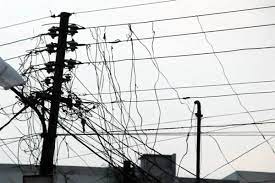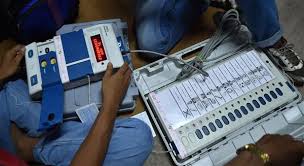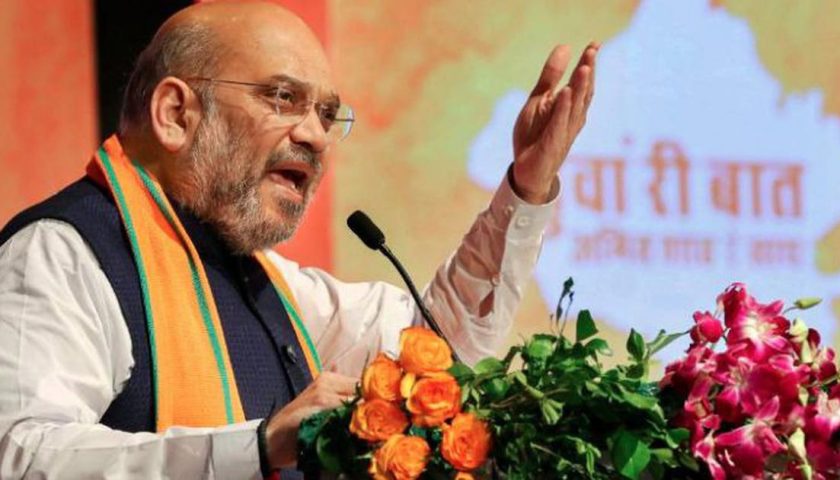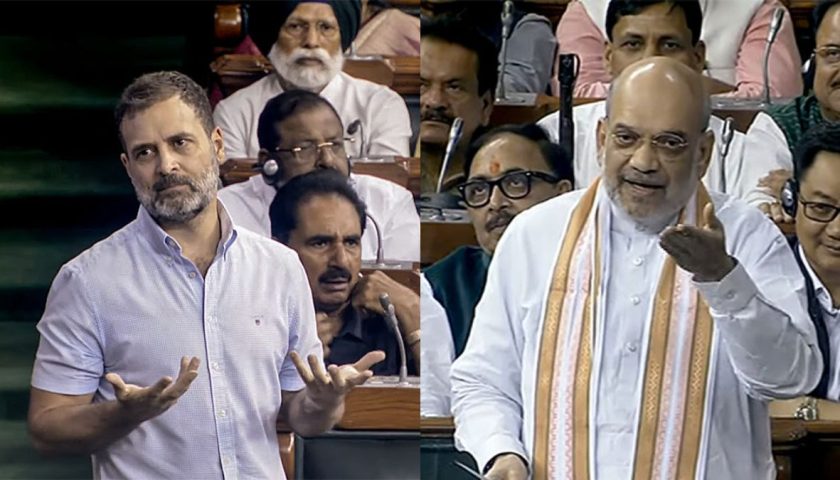The high loss figure of J&K was followed by Nagaland (52.9%), Arunachal Pradesh (45.7%), Bihar (40.4%), and Tripura (37.9%).
Utilities in the Union territory of Jammu and Kashmir (J&K) reported the highest losses among power distribution companies (discoms) in India, while some in the east and the northeast also incurred high losses, underscoring the lack of power sector reforms in these markets.
However, 15 state discoms in Andhra Pradesh, Gujarat, Tamil Nadu, Karnataka, Uttar Pradesh, West Bengal, Manipur, and Madhya Pradesh narrowed their losses by more than 10% in 2019-20. Delhi clocked the lowest loss among discoms.
However, the narrowing of India’s gap between the cost of electricity bought (average cost of supply, or ACS) and supplied (average realizable revenue, or ARR) to 28 paise per unit in 2019-20 led to a fall in discom losses by more than a third to ₹38,000 crores from ₹61,360 crores in FY19, according to government data.
J&K recorded aggregate technical and commercial (AT&C) losses of 60.5% in the year ended March 2020. The high loss figure of J&K was followed by Nagaland (52.9%), Arunachal Pradesh (45.7%), Bihar (40.4%), and Tripura (37.9%). Also, the ACS and ARR gap is the highest in Nagaland ( ₹5.62 per unit), followed by Arunachal Pradesh ( ₹4.92 per unit), J&K ( ₹1.85 per unit), Meghalaya ( ₹1.80 per unit), and Tamil Nadu ( ₹1.27 per unit).
While Delhi clocked the lowest discom loss of 10.3%, it was Himachal Pradesh with the least ACS and ARR gap of 0.01 paise per unit. Discoms have traditionally been the weakest link in the electricity value chain, plagued by low collections, rise in power purchase cost, inadequate tariff hikes and subsidy disbursement, and mounting dues from government departments.
Experts said states with high discom losses reported limited power sector reforms, leading to this situation. “Utilities in Jammu and Kashmir and the North-East had limited reforms over the last two decades—be it in the field of corporatization, governance, capital investments, tariff, PPP (public-private-partnership), technology or people initiatives. Quality, reliability, and customer service is significantly low, which in turn is impacting economic development. A lack of political will and financial and commercial losses have inhibited the ability to undertake reforms,” said Sambitosh Mohapatra, leader for ESG platform, energy utilities, and resources practice at PwC India.
J&K and Ladakh are also part of the Union territory electricity privatization process, with other UTs being Chandigarh, Andaman and Nicobar Islands, Dadar and Nagar Haveli, Daman and Diu, and Ladakh.
Meanwhile, the Electricity (Amendment) Bill, 2021, which aims to de-license power supply, allowing multiple distributors in the same area, and giving consumers the option to switch power suppliers, will be presented in the Lok Sabha during the ongoing monsoon session.






